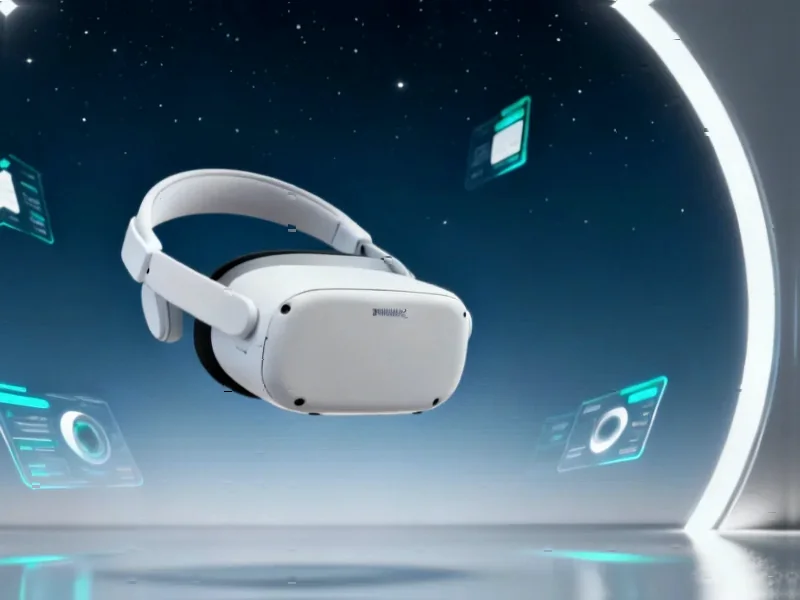According to Wccftech, Samsung unveiled its new Galaxy Z TriFold prototype behind protective glass at the “K-Tech Showcase” on October 28 in Gyeongju, South Korea. The initial reveal left enthusiasts wanting clearer images and more detailed views of the innovative device. That changed when OMG Electronics and SUBUSUNEWS released a comprehensive YouTube video showing the TriFold from multiple angles. The footage provides granular resolution views that were previously unavailable to the public. This marks the first time the device has been seen outside of Samsung’s controlled display environment. The video captures everything from hinge mechanisms to camera placements in unprecedented detail.
<h2 id="samsung-foldable-strategy”>Samsung’s Calculated Foldable Play
Here’s the thing about Samsung’s approach here – they’re clearly testing the waters before committing to full production. Keeping the TriFold behind glass at the showcase was a deliberate move. It generates buzz while maintaining control over the narrative. But now that independent reviewers have gotten their hands on it, we’re seeing the real deal.
Basically, Samsung wants to gauge consumer reaction before sinking billions into manufacturing. Foldable technology isn’t cheap, and a tri-fold design introduces even more engineering challenges. The company needs to be sure there’s actual demand for a device that folds twice. Are people really willing to pay premium prices for something this complex? That’s the billion-dollar question Samsung’s trying to answer.
Where This Fits in Samsung’s Lineup
Looking at Samsung’s current foldable strategy, the TriFold would sit at the absolute top of their product pyramid. We’re talking about a device that could easily command $2,000 or more given the technology involved. The Z Flip and Z Fold would become the “affordable” options by comparison.
But here’s what’s interesting – Samsung might be creating a new product category entirely. This isn’t just another iteration of existing foldables. A tri-fold device could function as a smartphone, tablet, and potentially even replace small laptops for some users. That’s ambitious positioning, and it explains why Samsung is being so careful with the rollout. They don’t want to mess this up.
The Race Against Competitors
Now, let’s talk timing. Samsung isn’t the only company exploring multi-fold designs. Chinese manufacturers have been showing off similar concepts for months. But Samsung has the brand recognition and distribution channels to actually make this mainstream.
The fact that we’re seeing this level of detail now suggests Samsung might be closer to market than we thought. Maybe late 2025 or early 2026? That would give them a significant head start in the multi-fold space. And given how competitive the smartphone market has become, being first with genuinely innovative form factors could be huge for maintaining their leadership position.
Ultimately, this careful reveal strategy makes perfect sense. Samsung gets to build excitement while minimizing risk. They’re letting the tech community do the heavy lifting of generating buzz, all while keeping firm control over the official launch timeline. Smart move, really.




